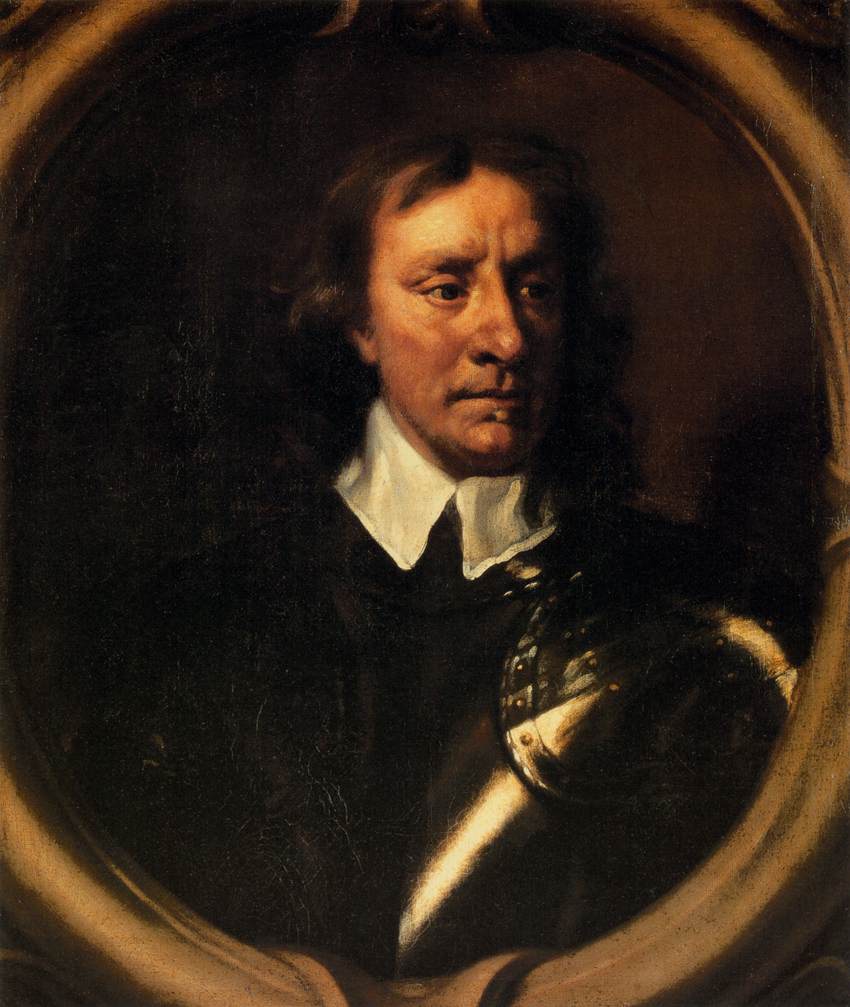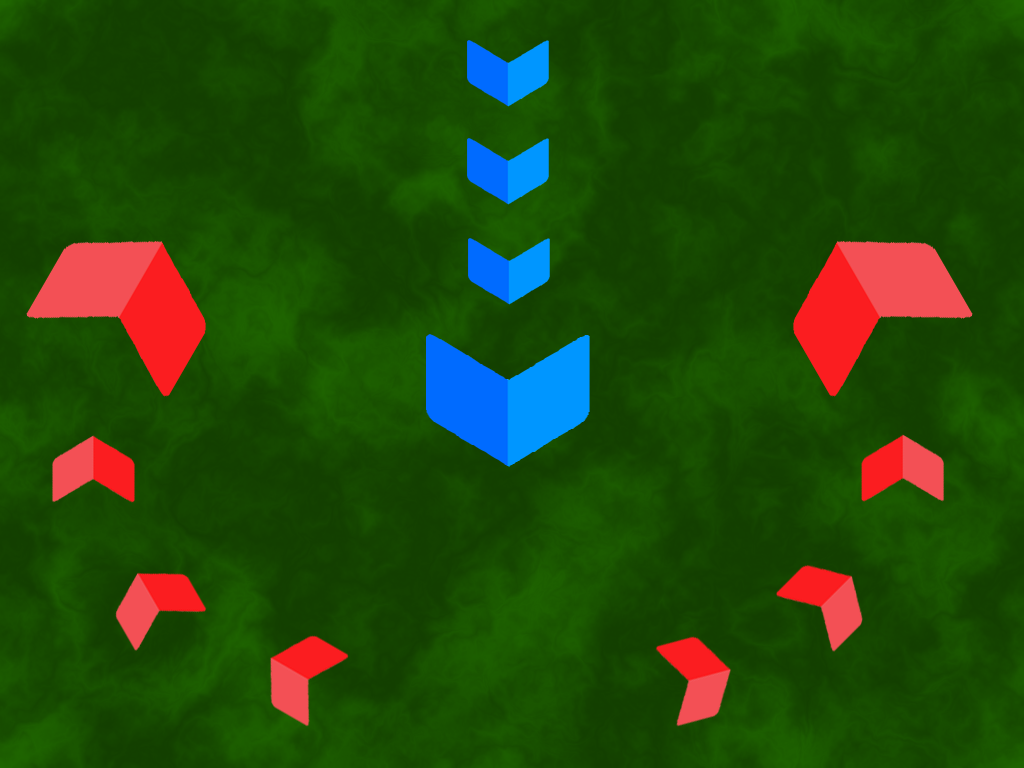|
Henry Morgan's Raid On Puerto Del Príncipe
The Raid on Puerto del Príncipe was a military event which took place during the latter stage of the Anglo-Spanish War between March and April 1668 on the Spanish island of Cuba. Some 700 Buccaneers in twelve ships led by Captain Henry Morgan landed in the Gulf of Santa María and marched to capture the inland town of Puerto del Príncipe. As they approached the town they defeated the Spanish militia gathered by the ctiy's Governor in the Battle of la Savana. They then captured the town before plundering and sacking the place, while also gathering a small ransom for the town's prisoners. Background England and Spain had remained in a state of war in the Caribbean following the Restoration of Charles II in 1660. England having taken possession of Jamaica since 1657 had yet to be confirmed by Spain in a treaty. As a result, Buccaneers were invited, to base themselves at Port Royal, to help defend against Spanish attacks. In 1667 diplomatic relations between the kingdoms of Engla ... [...More Info...] [...Related Items...] OR: [Wikipedia] [Google] [Baidu] |
Anglo-Spanish War (1654–1660)
The Anglo-Spanish War was a conflict between the Commonwealth of England, English The Protectorate, Protectorate and Spain between 1654 and 1660. It was driven by the economic and religious rivalry between the two countries, with each side attacking the other's commercial and colonial interests in various ways, such as privateering and naval expeditions. In 1655, an English amphibious warfare, amphibious expedition invaded Spanish territory in the Caribbean, eventually capturing the island of Jamaica. In 1657, England formed an alliance with France, merging the Anglo-Spanish war with the larger Franco-Spanish War (1635–1659), Franco-Spanish War, with major land actions that took place in the Spanish Netherlands. Although the war was terminated after Stuart Restoration, The Restoration of King Charles II of England in 1660, tensions in the Caribbean with regards to the English possession of British Jamaica, Jamaica kept the conflict going intermittently for over ten years. ... [...More Info...] [...Related Items...] OR: [Wikipedia] [Google] [Baidu] |
New Model Army
The New Model Army or New Modelled Army was a standing army formed in 1645 by the Parliamentarians during the First English Civil War, then disbanded after the Stuart Restoration in 1660. It differed from other armies employed in the 1639 to 1653 Wars of the Three Kingdoms in that members were liable for service anywhere in the country, rather than being limited to a single area or garrison. To establish a professional officer corps, the army's leaders were prohibited from having seats in either the House of Lords or House of Commons. This was to encourage their separation from the political or religious factions among the Parliamentarians. The New Model Army was raised partly from among veteran soldiers who already had deeply held Puritan religious beliefs, and partly from conscripts who brought with them many commonly held beliefs about religion or society. Many of its common soldiers therefore held dissenting or radical views unique among English armies. Although the Ar ... [...More Info...] [...Related Items...] OR: [Wikipedia] [Google] [Baidu] |
Pedro Bayona Villanueva
Pedro is a masculine given name. Pedro is the Spanish, Portuguese, and Galician name for ''Peter''. Its French equivalent is Pierre while its English and Germanic form is Peter. The counterpart patronymic surname of the name Pedro, meaning "son of Peter" (compared with the English surname Peterson) is Pérez in Spanish, Peres in Galician and Portuguese, Pires also in Portuguese, and Peiris in coastal area of Sri Lanka (where it originated from the Portuguese version), with all ultimately meaning "son of Pero". The name Pedro is derived via the Latin word "petra", from the Greek word "η πέτρα" meaning "stone, rock". The name Peter itself is a translation of the Aramaic ''Kephas'' or '' Cephas'' meaning "stone". An alternative archaic variant is Pero. Notable people with the name Pedro include: Monarchs, mononymously *Pedro I of Portugal *Pedro II of Portugal *Pedro III of Portugal *Pedro IV of Portugal, also Pedro I of Brazil *Pedro V of Portugal *Pedro II of Braz ... [...More Info...] [...Related Items...] OR: [Wikipedia] [Google] [Baidu] |
Oriente Province
Oriente (, "East") was the easternmost province of Cuba until 1976. The term "Oriente" is still used to refer to the eastern part of the country, which currently is divided into five different provinces. The origins of Oriente lie in the 1607 division of Cuba into a western and eastern administration. The eastern part was governed from Santiago de Cuba and it was subordinate to the national government in Havana. In 1807, Cuba was divided into three ''departamentos'': Occidental, Central and Oriental. This arrangement lasted until 1851, when the central department was merged back into the West. In 1878, Cuba was divided into six provinces. Oriente remained intact but was officially renamed to Santiago de Cuba Province until the name was reverted to Oriente in 1905. Fidel and Raúl Castro were born in a small town in Oriente province ( Birán). The province was split in 1976 into five different provinces: Las Tunas Province, Granma Province, Holguín Province, Santiago de Cub ... [...More Info...] [...Related Items...] OR: [Wikipedia] [Google] [Baidu] |
Pincer Movement
The pincer movement, or double envelopment, is a maneuver warfare, military maneuver in which forces simultaneously attack both flanking maneuver, flanks (sides) of an enemy Military organization, formation. This classic maneuver has been important throughout the history of warfare. The pincer movement typically occurs when opposing forces advance towards the center of an army that responds by moving its outside forces to the enemy's flanks to surround it. At the same time, a second layer of pincers may attack the more distant flanks to keep reinforcements from the target units. Description A full pincer movement leads to the attacking army facing the enemy in front, on both flanks, and in the rear. If attacking pincers link up in the enemy's rear, the enemy is encirclement, encircled. Such battles often end in surrender or destruction of the enemy force, but the encircled force can try to breakout (military), break out. They can attack the encirclement from the inside to ... [...More Info...] [...Related Items...] OR: [Wikipedia] [Google] [Baidu] |
(Map Of The Complete Island Of Cuba)
A map is a symbolic depiction of interrelationships, commonly spatial, between things within a space. A map may be annotated with text and graphics. Like any graphic, a map may be fixed to paper or other durable media, or may be displayed on a transitory medium such as a computer screen. Some maps change interactively. Although maps are commonly used to depict geography, geographic elements, they may represent any space, real or fictional. The subject being mapped may be two-dimensional such as Earth's surface, three-dimensional such as Earth's interior, or from an abstract space of any dimension. Maps of geographic territory have a very long tradition and have existed from ancient times. The word "map" comes from the , wherein ''mappa'' meant 'napkin' or 'cloth' and ''mundi'' 'of the world'. Thus, "map" became a shortened term referring to a flat representation of Earth's surface. History Maps have been one of the most important human inventions for millennia, allowin ... [...More Info...] [...Related Items...] OR: [Wikipedia] [Google] [Baidu] |


